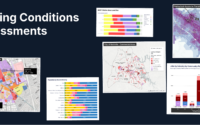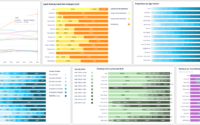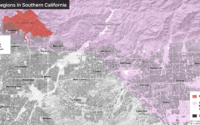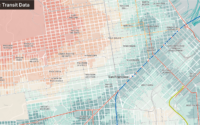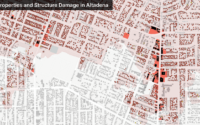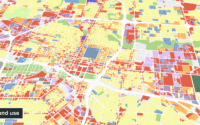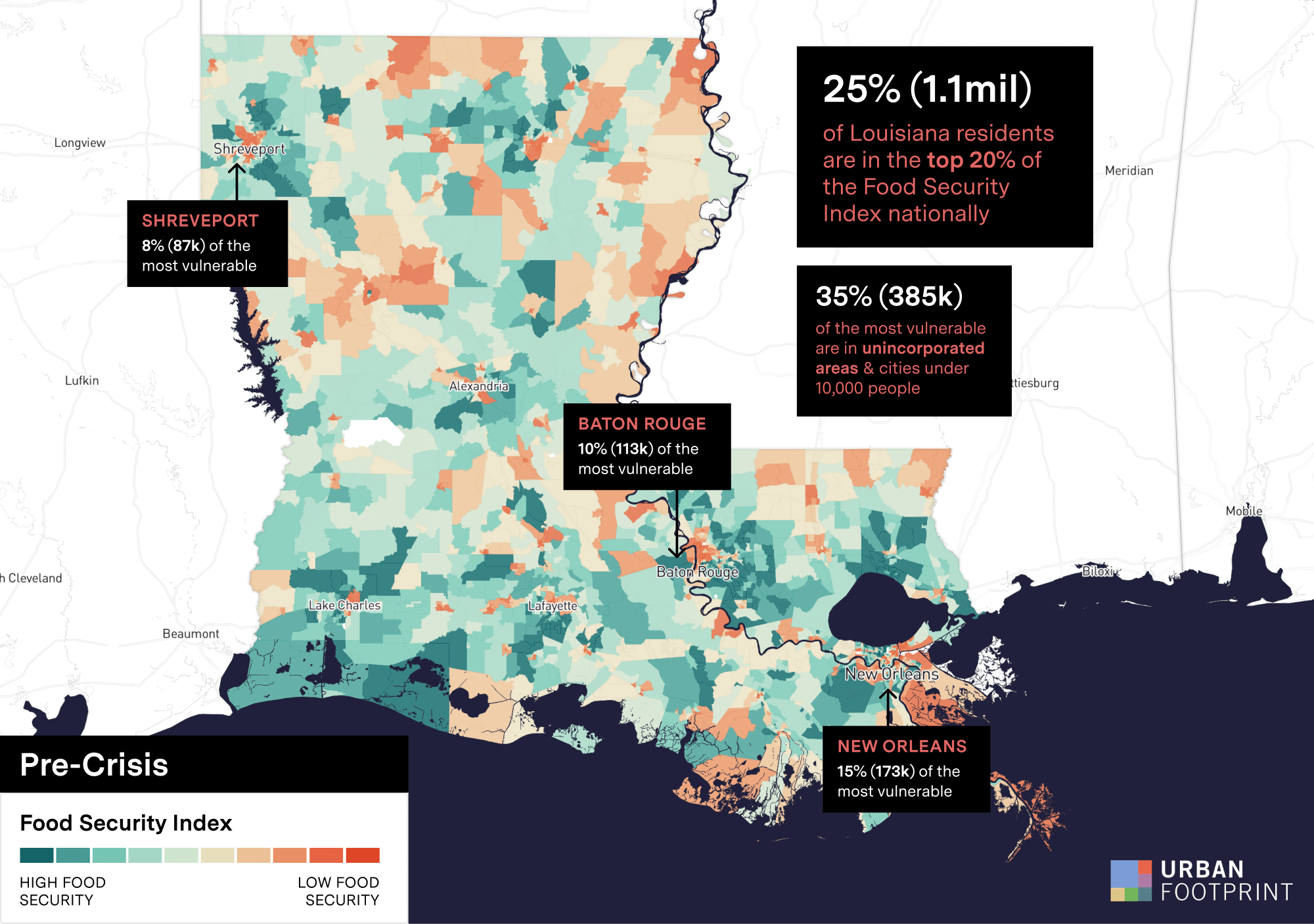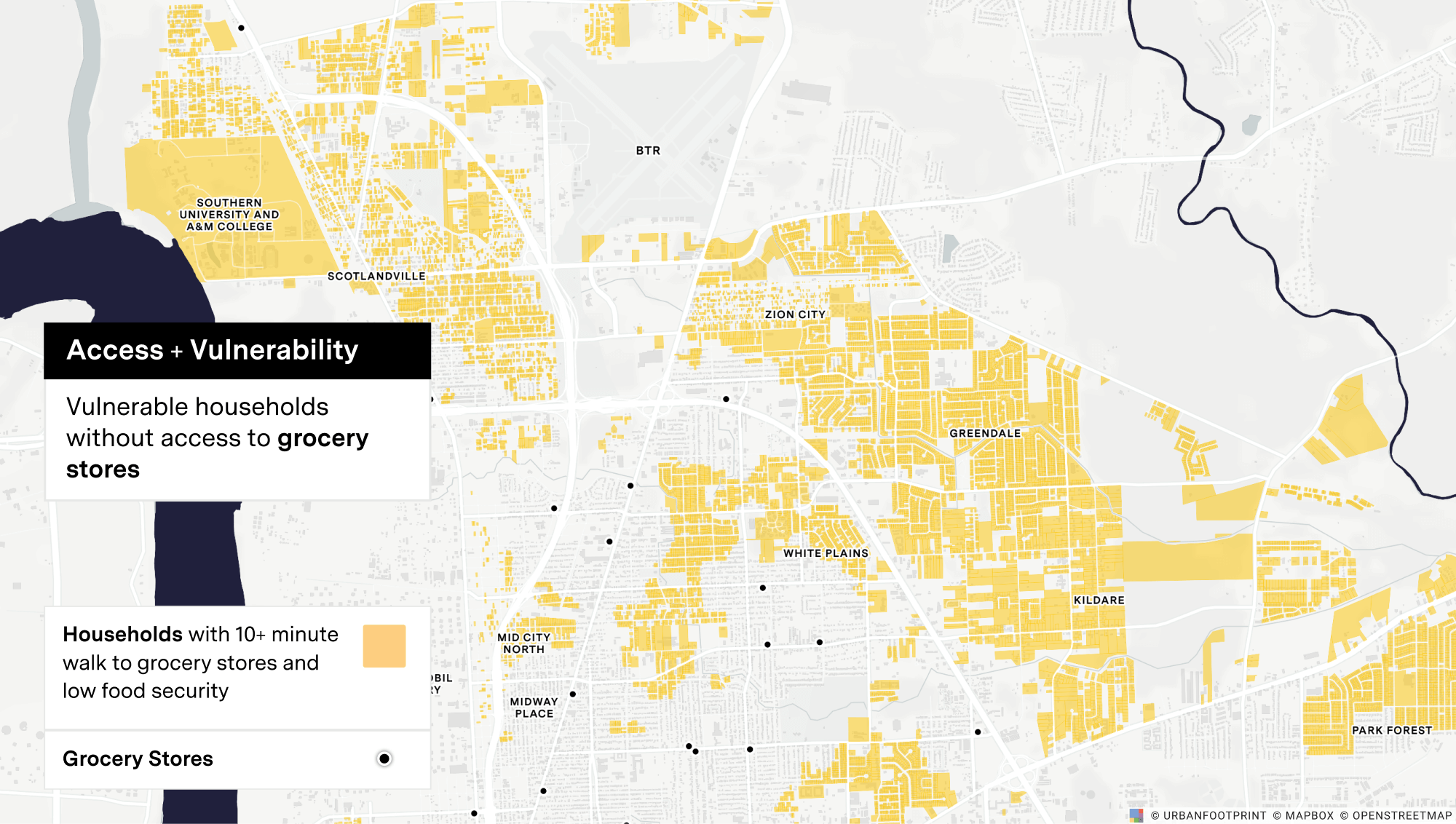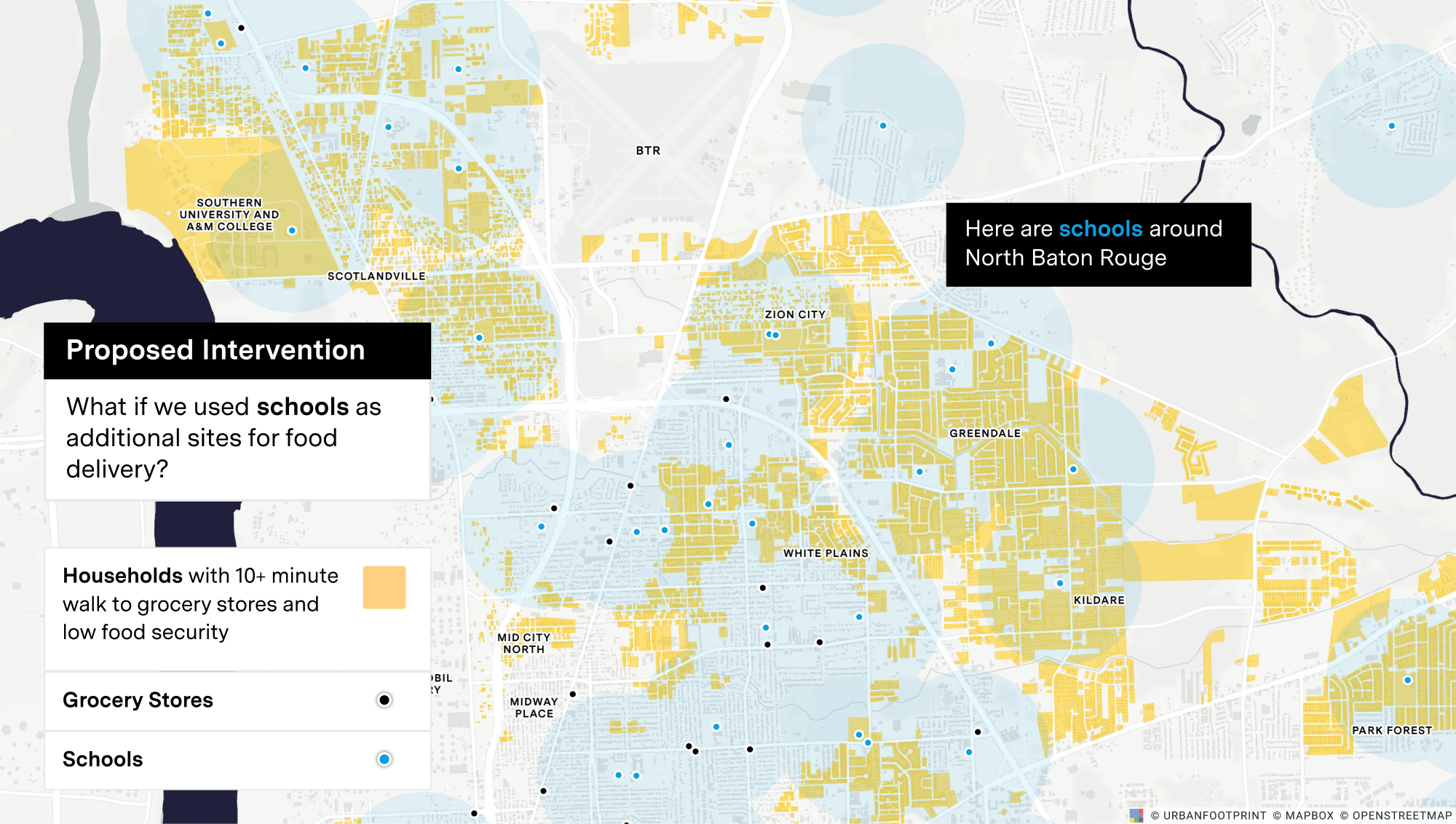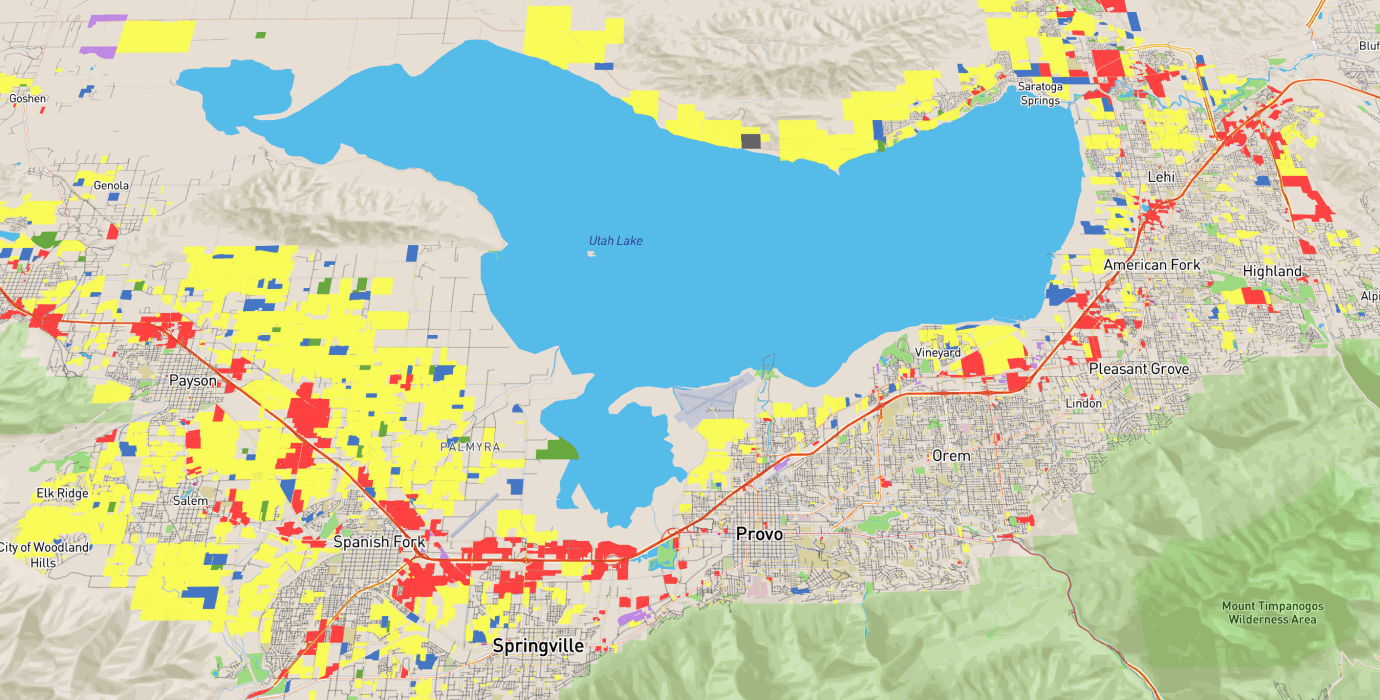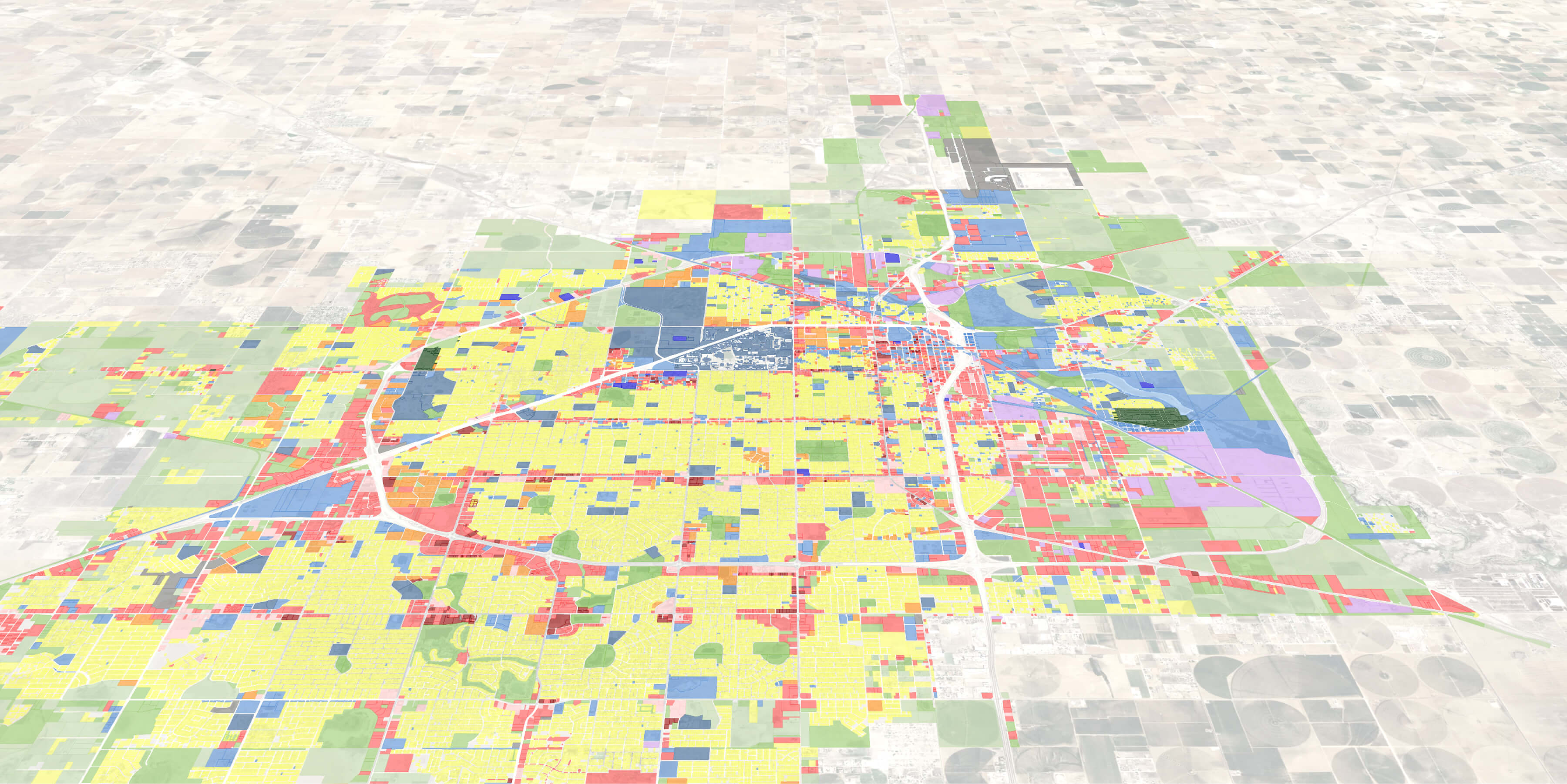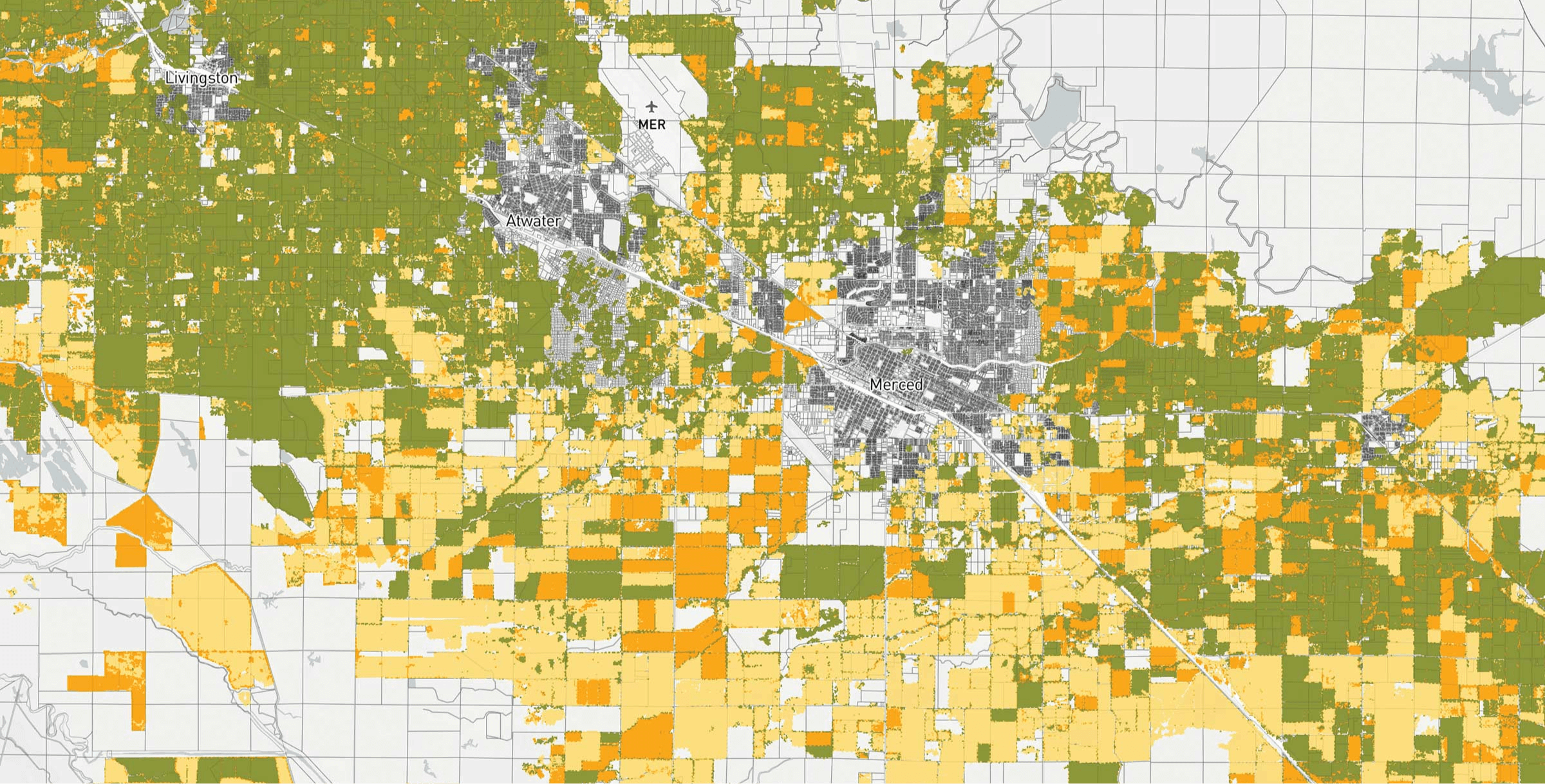UrbanFootprint is Supporting the State of Louisiana in COVID-19 Recovery Efforts and Food Security Analysis
The COVID-19 pandemic has given rise to an economic and social crisis impacting an unprecedented number of Americans all over the country. In Louisiana, long-standing disparities have only intensified, as COVID-19 further compounds the effects of those inequities, magnifying the distress experienced in many communities. In order to respond and build an effective recovery strategy, state and local leadership need to map and measure the scope, scale, and distribution of the crisis and its underlying drivers.
To meet that challenge, and prepare for similar ones in the future, the Center for Planning Excellence (CPEX), a non-profit organization that drives urban, rural, and regional planning efforts in Louisiana partnered with UrbanFootprint to dynamically measure and map social vulnerability and economic stress, and to help policy makers and relief providers prioritize resources and inform equitable interventions. As Camille Manning-Broome, President and CEO of CPEX, noted: “Deploying data and information that provides a nuanced, place-based understanding of how our built environment is serving our residents is essential to expediting recovery, aligning resources with the most effective interventions, tracking impacts, and building the resilience our state needs to thrive in the future.”
